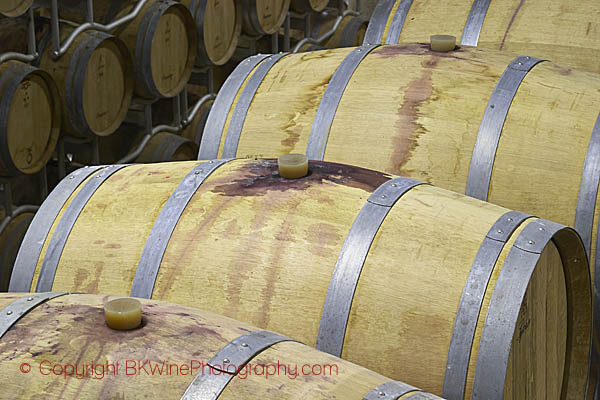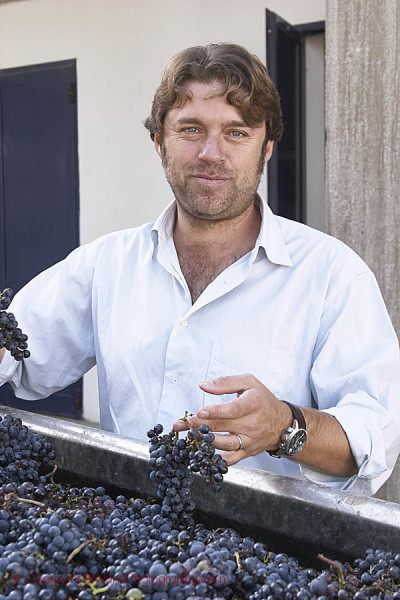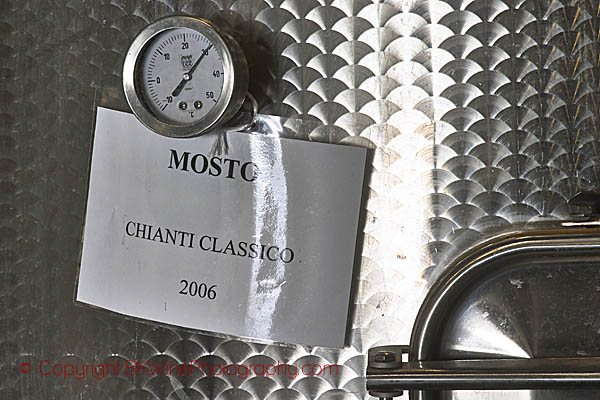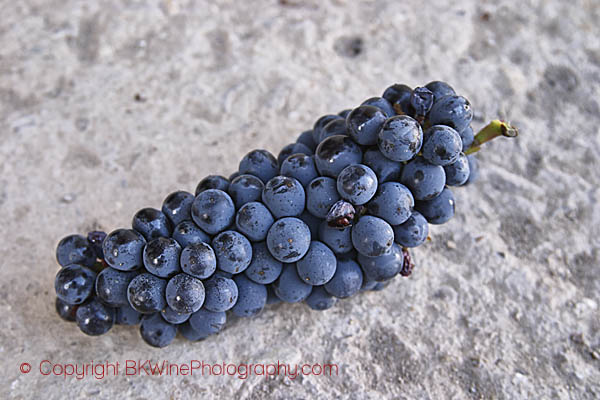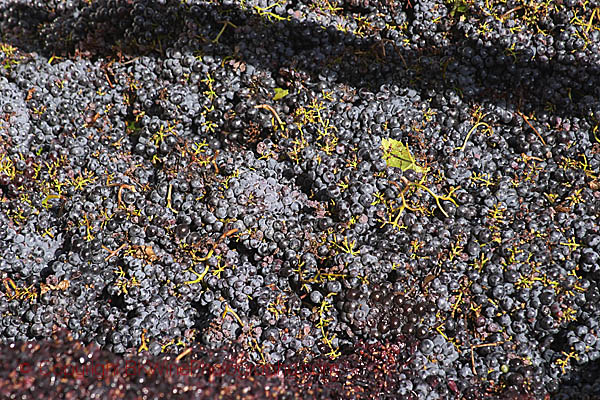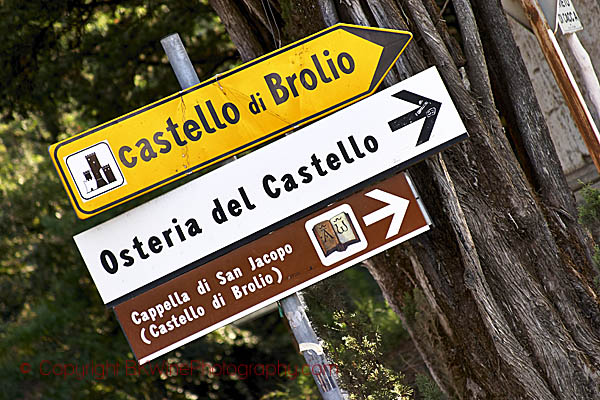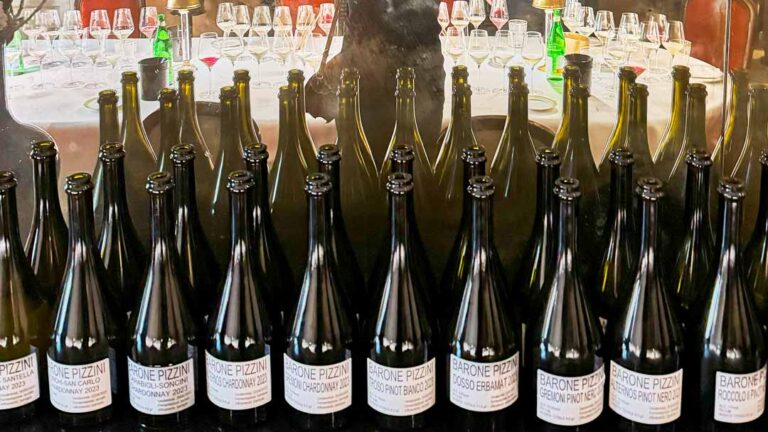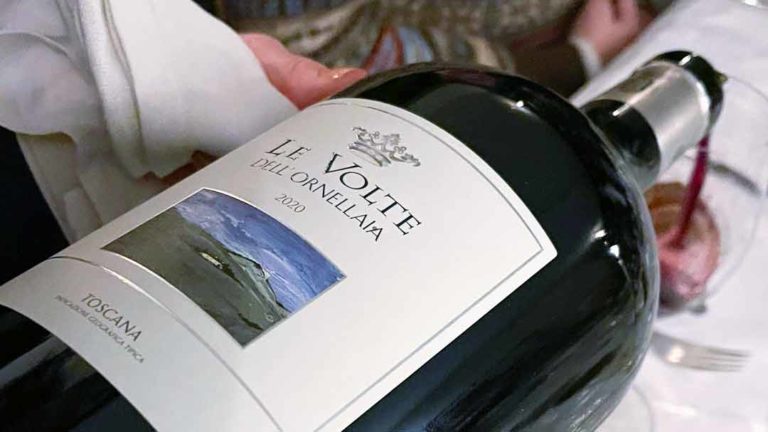“I want to make wines that should be drunk in good company, not only tasted” says Francesco, the 32nd Baron Ricasoli with a liberating simplicity founded on a long family tradition. Francesco is the great grandson of the 28th Baron Bettino Ricasoli who in 1872 wrote the Chianti formula in a letter to Prof. Cesare Studiati at the University of Pisa:
“…I verified the results of the early experiments, that is, that the wine receives most of its aroma from the Sangioveto (which is my particular aim) as well as a certain vigour in taste; the Canajuolo gives it a sweetness which tempers the harshness of the former without taking away any of its aroma, though it has an aroma all of its own; the Malvagia, which could probably be omitted for wines for laying down, tends to dilute the wine made from the first two grapes, but increases the taste and makes the wine lighter and more readily suitable for daily consumption…”

Francesco does not feel any pressure from the historic fact that the family has invented the formula for Chianti but is rather stimulated by further developing his wines. He has, for example, built a new winery between the harvests of 2011 and 2012 with both new and somewhat secret process technology.
Much of the technology improvements are about a controlled drying of the grapes, temperature control during fermentation and the ability to vinify each vineyard individually. Another development is the reduced use of oak. Wine aged in tonneaux has consistently proved better in blind tastings than the same wine stored in barrique in recent years. For the 2012 harvest they only bought barrels of tonneau size.
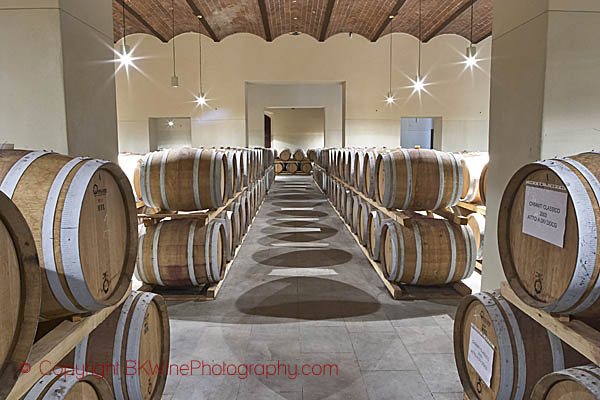
A tonneau is a barrel of about double barrique-size ie 450/500 litres. Mathematically the ratio of surface area and volume of the vessel is reduced from 1.5 to 1.1, if you see the barrel as a cylinder. The wine will thus take less taste of the oak barrel ageing time being the same, and both fruit and acidity comes forward stronger.
Francesco also says that his (and his father’s) wines have been in Sweden since the start of Systembolaget in 1955. Barone Ricasoli has thus been involved throughout the development of Sweden from a spirit country to a wine country. Wine sales in Sweden during the same period increased twenty times to nearly 200 million litres, so it has hopefully paid off to be early.

The wines I tried together with Francesco:
Brolio Bianco 2014
~11 euro (price indications based on Swedish monopoly retail prices)
This has been Francesco’s favourite wine during the summer and, according to him it is aggressively priced in Sweden, which I agree with. They only make about 30,000 bottles of this wine, made from sauvignon blanc, chardonnay and a small percentage of Malvasia. A fresh wine with a touch of oak and an unexpectedly intense acidity, tropical fruit and a typical Brolio minerality.
Torricella 2013
~15 euro
A wine that Francesco recommends to keep for five years to be able to appreciate its full potential. 80% chardonnay with a short time in barrel and 20% sauvignon blanc gives a characterful wine with aromas of white fruit and citrus with elegant herbs. The fruit feels mature and balanced by the acidity.
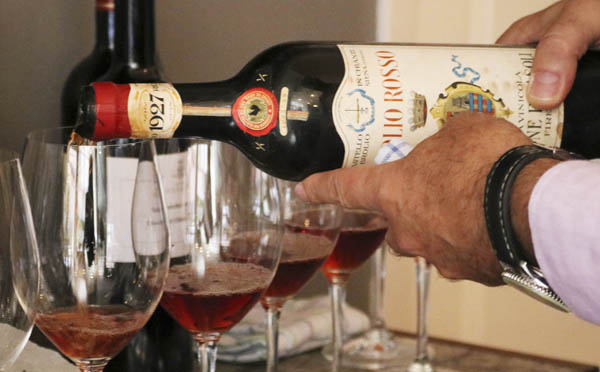
Brolio 1927
priceless
Francesco told me that even he cannot take out a 1927 Brolio from the family wine cellar without justifying it. He opened the wine an hour before the tasting, and poured it personally. A fresh and bright red 88-year-old who has a nose of leather and barrels, in full vigour with 6.77 g acidity / l and 13% alcohol (see analysis). Of course you can feel that the wine is old, but it is sensational that it is still alive. It is a truly unique feeling to try a wine that is almost 100 years old and I am thankful to have been a part of it.

Chianti del Barone Ricasoli 2014
~10 euro
From one extreme to the other: this entry-level-Chianti is a light and balanced wine with typical cherry character and crisp acidity. Mainly sangiovese and only 10% is aged in barrique and tonneau. A perfect pasta wine with sharp contours.
Brolio 2013
~14 euro
The wine will be launched this autumn with the same label as it had in 1927, a label that is very clean and elegant. The wine is a Chianti Classico and consists of 80% Sangiovese, 15% Merlot and 5% Cabernet Sauvignon. The colour is ruby red and the nose has notes of cherry, liquorice and violets, some dark red berries and spice. A well-structured wine that demonstrates Francesco’s objectives: the wine should be drunk!

Rocca Guiccarda Reserve 2012
~16 euro
Francesco revealed with both pride and frustration that this wine will get three glasses – Tre Bicchieri – in the 2016 Gambero Rosso, that will soon be publishes. The frustration comes from that sometimes it is not very obvious why it does not always go as expected in assessments. The wine is a Chianti Riserva with at least 80% Sangiovese. The rest is merlot and cabernet sauvignon. 15 months in barriques and tonneaux. It is a traditional wine with clear hints of cherry, red fruit and toasted barrels, elegant with nice character.
Brolio Reserve 2011
~20 euro
The wine is of the same grape blend as the Brolio, 80% Sangiovese, 15% Merlot and 5% Cabernet Sauvignon. Dark ruby red with aromas of blackberries, black currants, herbs and tobacco. A concentrated and yet balanced wine with clear barrel character from 16 months in barriques and tonneaux, with a long after-taste.
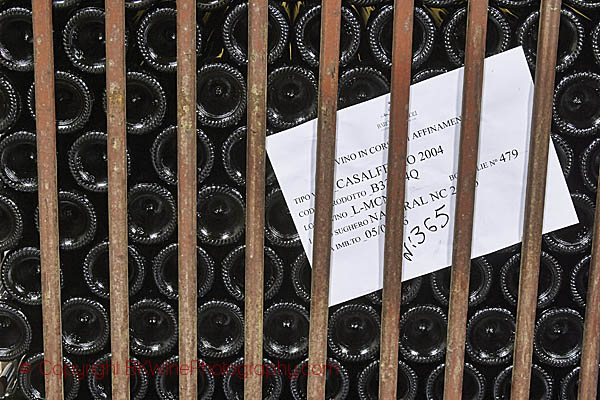
Castello di Brolio 2012
(34 euro)
Bottled three months ago and labelled for this tasting with a simple label because wines aging in the bottle and not yet ready for sale are not labelled until they are shipped. The Castello is the Ricasoli top wine which is obvious, even if the vintage is a difficult one according to Francesco. At this time it feels a bit sprawling and not completely balanced, if on a high level.
Castello di Brolio 2011 Gran Selezione
34 euro
The grapes for the Castello are always specially selected from Gaiole in Chianti. The 2011 is thus a Gran Selezione and is made from 80% Sangiovese, 10% Cabernet Sauvignon, 5% Merlot and 5% Petit Verdot. The wine has an intense ruby red colour with a complex aroma of morello cherries (acidic cherries), blueberry, violet, vanilla, spices and a touch of balsamic vinegar. It is rich and full of character. Has been aged for 18 months in barriques and tonneaux. 143 years of experience of Chianti results in a nice expressiveness in this wine at a very affordable price.

Castello di Brolio Vin Santo 2007
32 euro (50 cl)
If one has tasted about a dozen of vin santos, like me, and then total given up on them in favour of other sweet wines because the one-dimensional character then this wine can really change one’s perceptions. It is made mainly from malvasia del chianti and a smaller part of Sangiovese. The grapes are partially dried for a few months, then pressed gently and slowly fermented and aged 4-5 years in small oak barrels (caratelli). The colour is orange-yellow and the rich aroma has hints of orange blossom, apricot, marzipan, honey, dried fruit and nuts. It is also possible to take a glass of this instead of dessert. Dipping dried almond biscuits in it feels completely unnecessary.
Francesco and his wines really do convey the feeling of a very living tradition and I can certainly subscribe to that he reaches his goal: These are wines to be drunk!
Mikael Karlin writes för BKWine Magazine on wine tastings and wine events in Sweden.
More pictures below.
[box type=”info” style=”rounded” border=”full”]Ricasoli is one of the most famous producers in Tuscany. There are many, many more. You can discover and meet some of the very best wine producers at a wine tour to Tuscany with BKWine.
Travel to the world’s wine regions with the experts on wine and specialist on wine tours.
No other wine tour operator has a comparable knowledge and experience of quality wine tours. BKWine wine tours.[/box]
